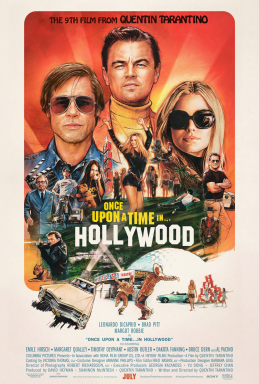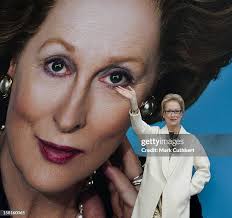Once Upon a Time in Hollywood: A Cinematic Journey

Introduction
‘Once Upon a Time in Hollywood,’ directed by Quentin Tarantino, has emerged as a pivotal film in modern cinema since its release in 2019. Set in the late 1960s during the twilight of Hollywood’s golden age, the film intertwines real and fictional narratives, offering a nostalgic glimpse into an era defined by monumental cultural shifts. Its significance extends beyond mere entertainment, resonating deeply with themes of nostalgia, the evolution of Hollywood, and the complexities of fame.
Main Body
The film stars Leonardo DiCaprio as Rick Dalton, a struggling actor facing the decline of his career, and Brad Pitt as his devoted stunt double, Cliff Booth. The narrative unfolds against the backdrop of the infamous Manson Family murders, a historical event that serves as a haunting reminder of the darker sides of Hollywood. The performances by DiCaprio and Pitt received widespread acclaim, leading to significant awards recognitions, including Academy Award nominations.
Critically, ‘Once Upon a Time in Hollywood’ has been praised for its meticulous attention to period detail and Tarantino’s signature storytelling style that blends humour with violence. The film addresses the impacts of changing social norms and the end of an era in Hollywood. Moreover, it reflects on the role of the movie star, examining how the industry has evolved from glamorised silver screen icons to the complex, multifaceted figures seen today.
The film also features Margot Robbie as Sharon Tate, a real-life actress who became a symbol of innocence tragically lost, providing a poignant counterpoint to the darker themes explored within the narrative. Tarantino’s unique approach allows viewers to engage with historical events while examining the mythology constructed around Hollywood figures.
Conclusion
‘Once Upon a Time in Hollywood’ stands as a significant reflection of the duality of fame and fortune within the entertainment industry. It invokes a sense of nostalgia while prompting necessary conversations about the ethics of filmmaking and the portrayal of historical events. As we continue to reflect on the evolution of cinema, Tarantino’s film may serve as a bridge connecting the past and modern interpretations of Hollywood, leaving audiences to ponder the fine line between reality and fiction. The film’s long-term impact on the industry will likely be studied for years to come, reminding viewers of the fleeting nature of stardom and the rich tapestry of stories that cinema can tell.








